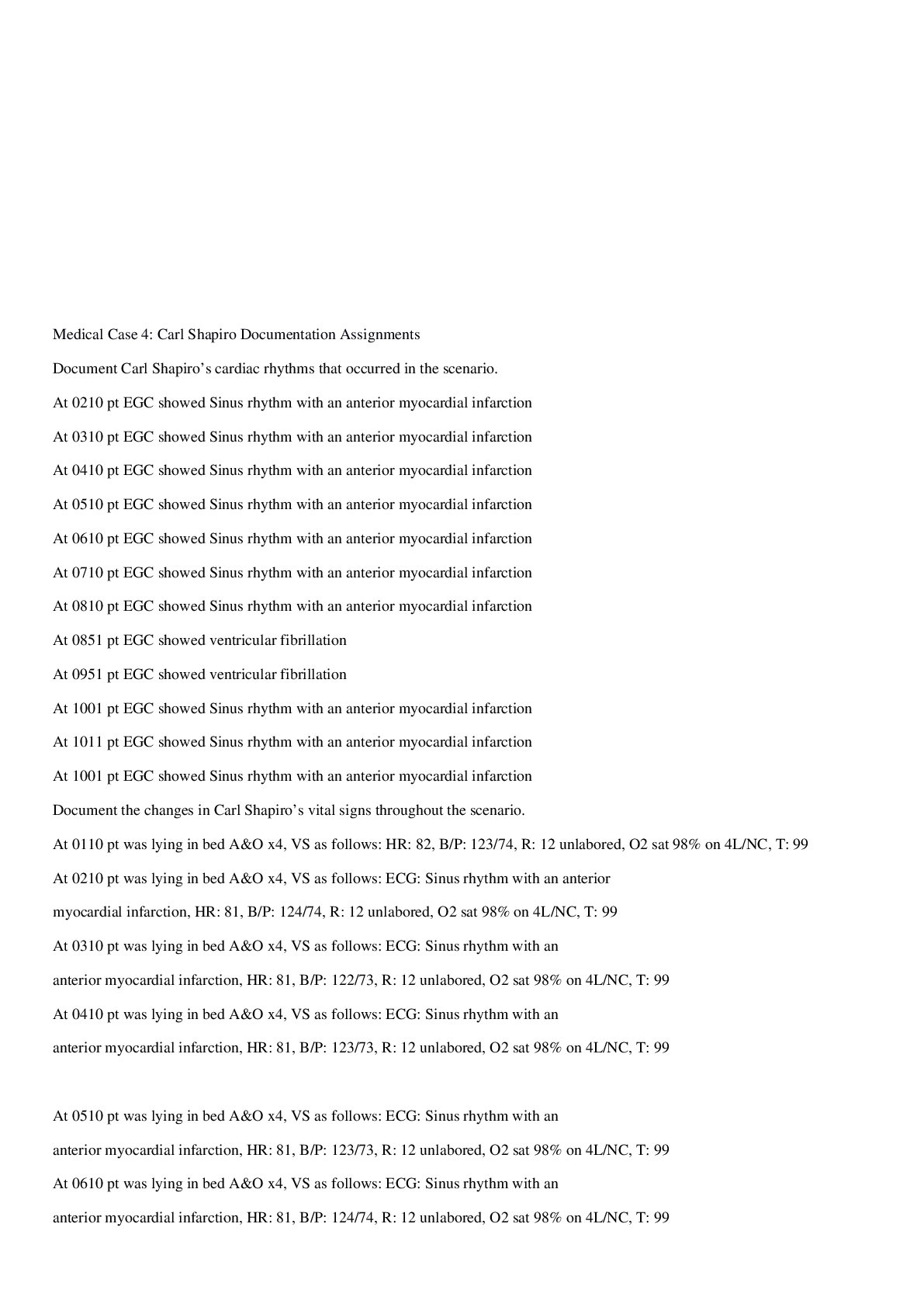AHSC335FINAL EXAM_TEXTBOOK CHAPTERS 4 5 6 7 8_fall2018[graded A+]
Document Content and Description Below
TEXTBOOK: WORKING THROUGH CONFLICT STRATEGIES FOR RELATIONSHIPS, GROUPS, AND ORGANIZATIONS 8 TH EDITION EXCERPT: CHAPTERS 4, 5, 6, 7, 8 Chapter 4 Conflict Styles and Strategic Conflict Interacti... on What is the best way to handle ourselves in a conflict? Should we stick to one approach, or be flexible? Should we let others have a say, or try to control the situation? Should we carefully plan how we will react, or improvise? How do we avoid getting caught up in spiraling escalation or avoidance cycles? A common recommendation is to plan your strategy. For example, many people rehearse what they are going to say during a confrontation. At one time or another, you may have found yourself talking to an imagined adversary—maybe your partner or boss—trying out different things and hoping to settle on a good approach. While useful, this advice overemphasizes the degree to which we can plan interactions. The key to an effective strategy is the ability to control the situation. However, as we’ve seen, conflicts are interactive, and often they move in unexpected directions. In the heat of the moment, it is often hard to stick to plans, even if we can remember them. Rather than overemphasizing planning, we believe it is more productive to work on mastering various styles of conflict engagement so that you have some flexibility. The notion of style emphasizes a consistent orientation toward the conflict, an orientation that unifies specific tactics into a coherent whole, yet does not stress planning and foresight too much. Research indicates that most people have characteristic conflict-handling styles, which they tend to apply regardless of situational differences. Despite the saying, however, old dogs can learn new tricks: People can learn new behaviors if they are aware of alternatives. Moreover, there is evidence that people change styles as disputes develop. Therefore, it is best to consider conflict styles as a repertoire of options that we can learn to apply. There will always be an element of strategy in the selection of styles, but it is important to keep in mind the emergent nature of conflict interaction and the surprises it brings. A conflict seems to be moving in a positive direction and then someone says the wrong thing and everything falls apart. Or during a heated dispute, one of the parties offers a compromise. In view of the unexpected twists and turns of interaction, about the best we can hope for is to be ready for and responsive to changes. Of course, this still leaves all our questions open. How do we select an appropriate style? When should we change styles? What are the long-term consequences of various styles? How do we select the proper tactics to carry out styles? 4.1 Origins of Conflict Styles Conflict styles were first articulated by scholars and consultants associated with the human relations and human resources movements, which had their heyday from the 1940s through the 1980s. This perspective assumes that the nature and quality of interpersonal relations in the workplace play a large role in determining employee motivation, satisfaction derived from work, level of absenteeism and resignations, and ultimately, the productivity and success of the organization (Schermerhorn, Hunt, & Osborn, 2005). With its emphasis on human relationships, it is no surprise that conflict was a major concern of human relations scholars. The concept of style originated with Blake and Mouton (1964) and Jay Hall (1969), who identified five distinct types of conflict behavior. Their classification is based on two independent conflict behavior components (Ruble & Thomas, 1976): (1) assertiveness, defined as behaviors intended to satisfy one’s own concerns; and (2) cooperation, defined as behaviors intended to satisfy the other individual’s concerns. These components combine to specify the five styles, which can be diagrammed as shown in Figure 4.1. • A competing style is high in assertiveness and low in cooperation: The party places great emphasis on his or her own concerns and ignores those of others. This orientation represents a desire to defeat the other and compel him or her to do what the party wants. This style is sometimes also referred to as “forcing” or “dominating.” Figure 4.1 Conflict Styles [Show More]
Last updated: 1 year ago
Preview 1 out of 90 pages
Instant download
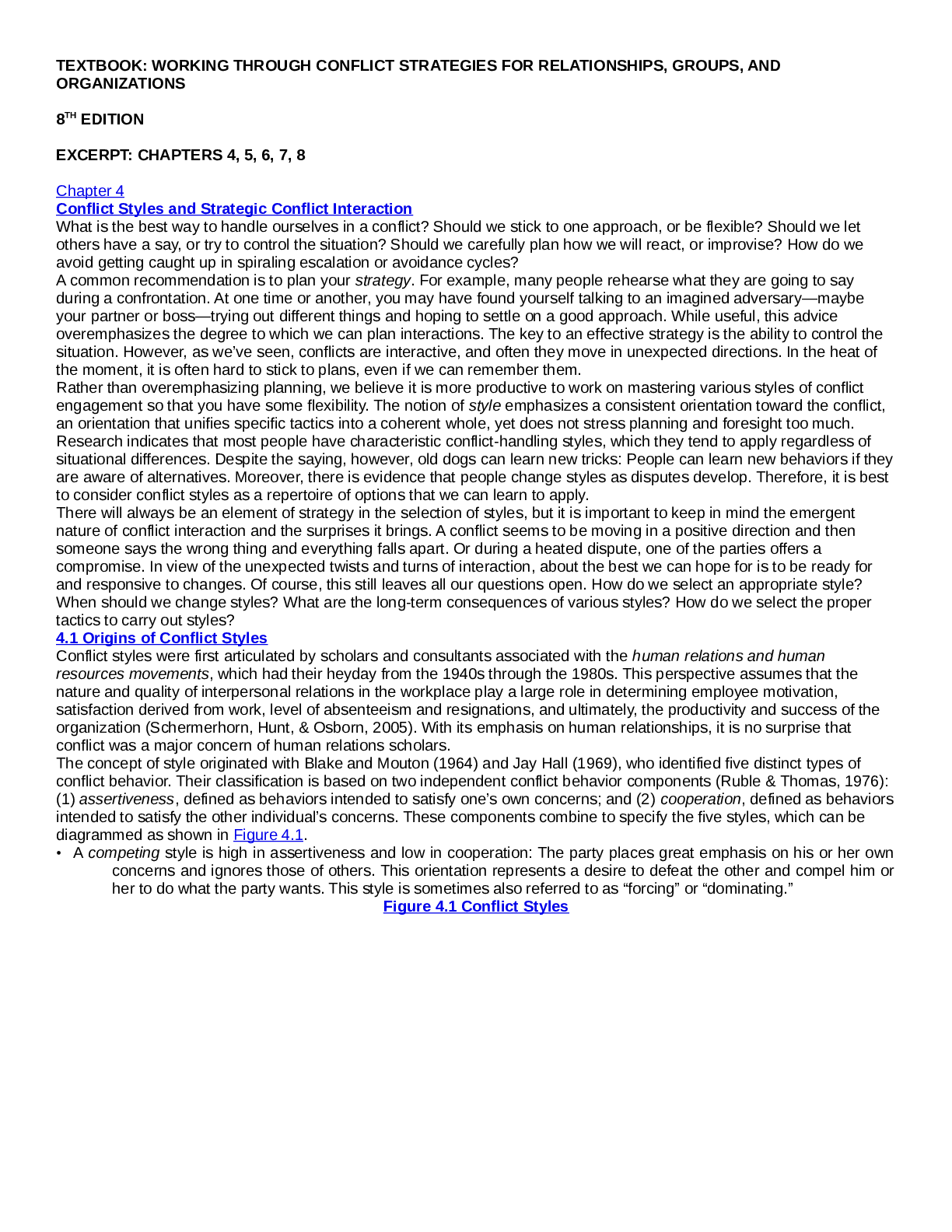
Instant download
Reviews( 0 )
Document information
Connected school, study & course
About the document
Uploaded On
May 04, 2021
Number of pages
90
Written in
Additional information
This document has been written for:
Uploaded
May 04, 2021
Downloads
0
Views
72


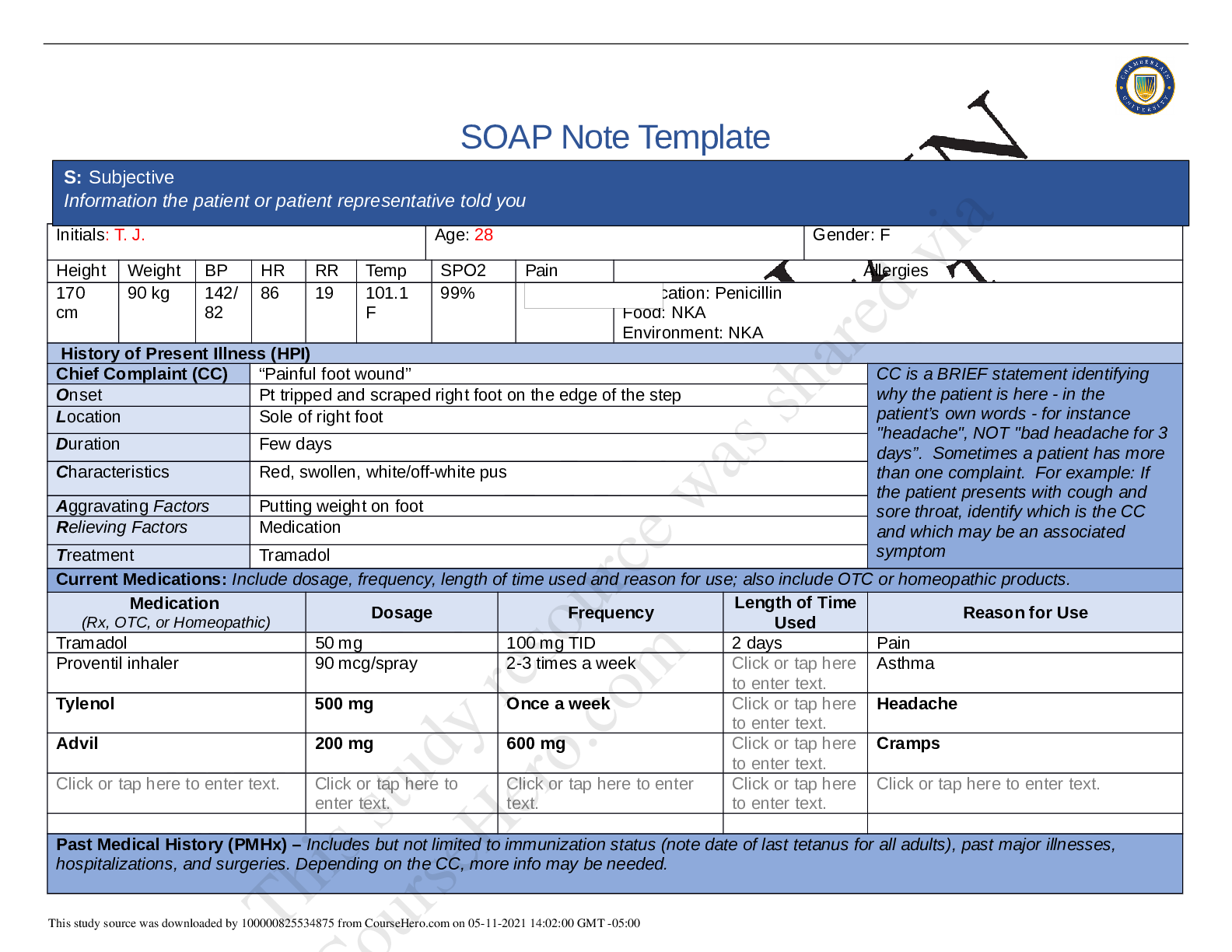


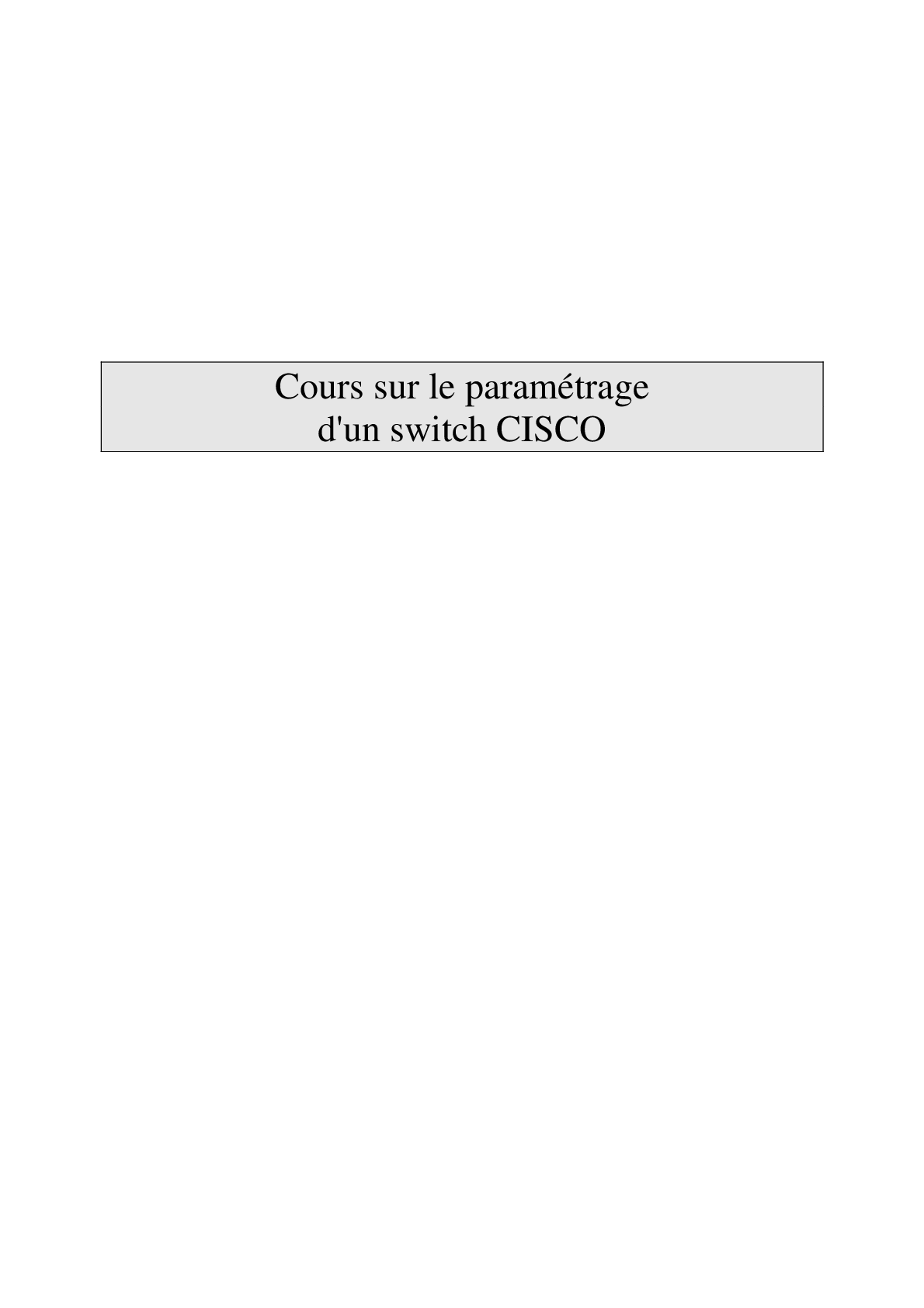
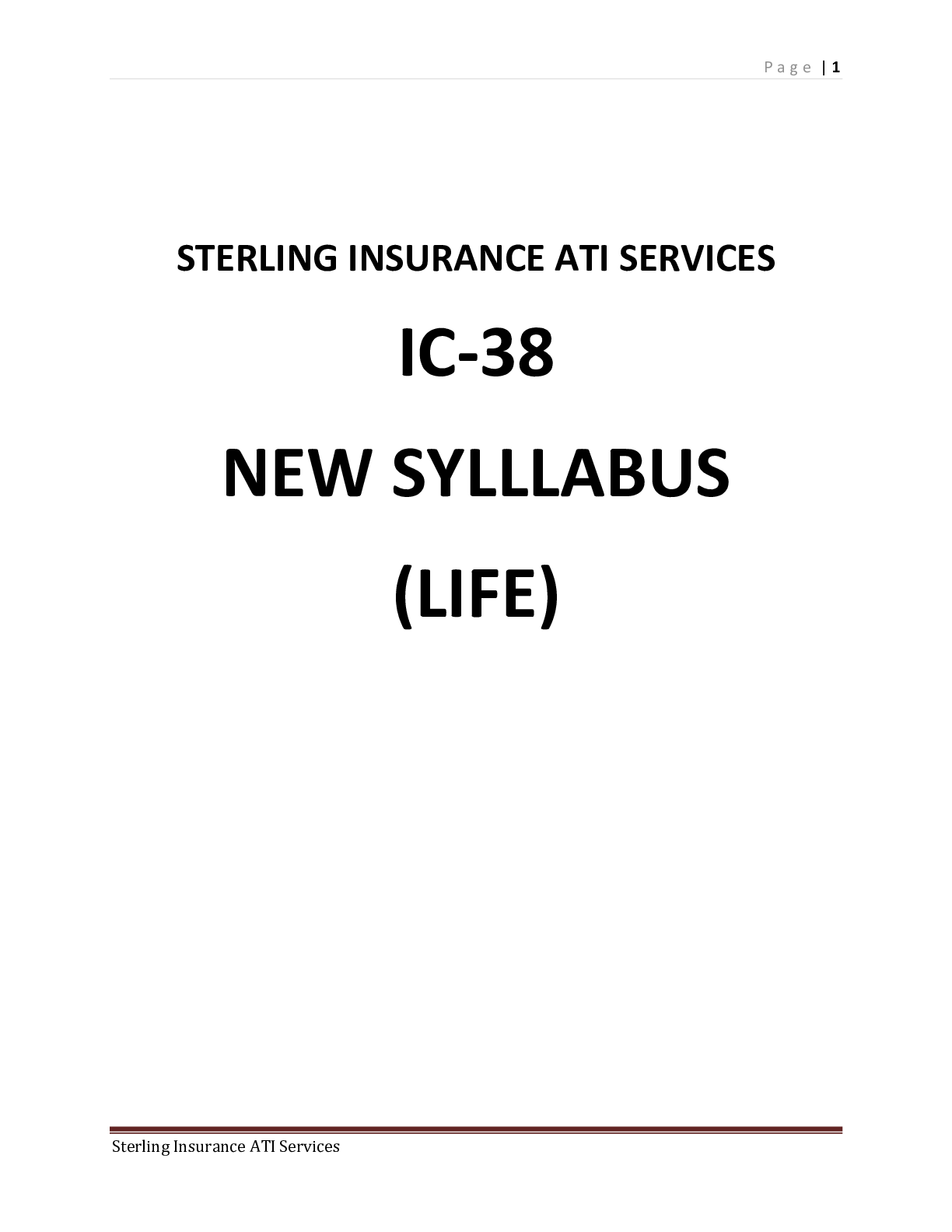



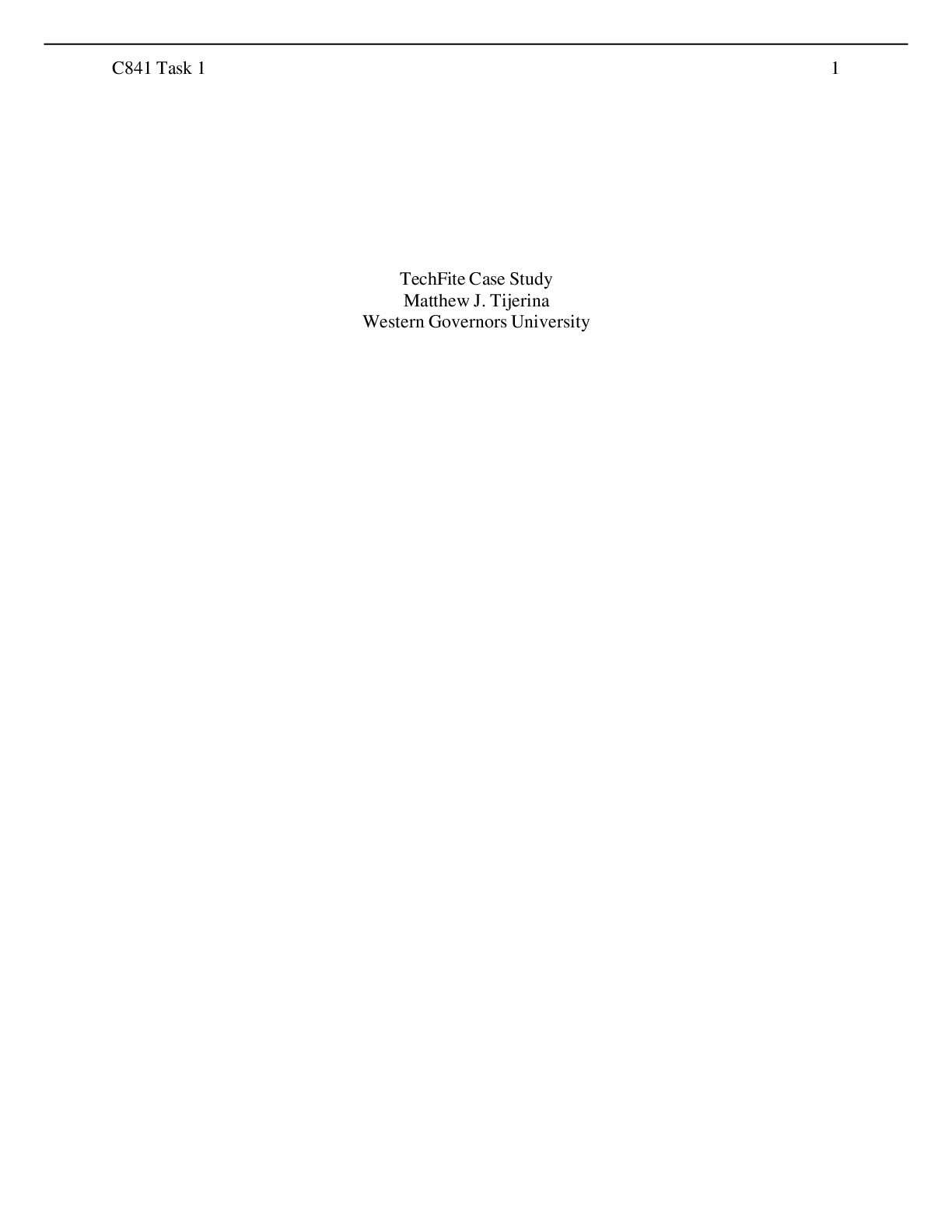
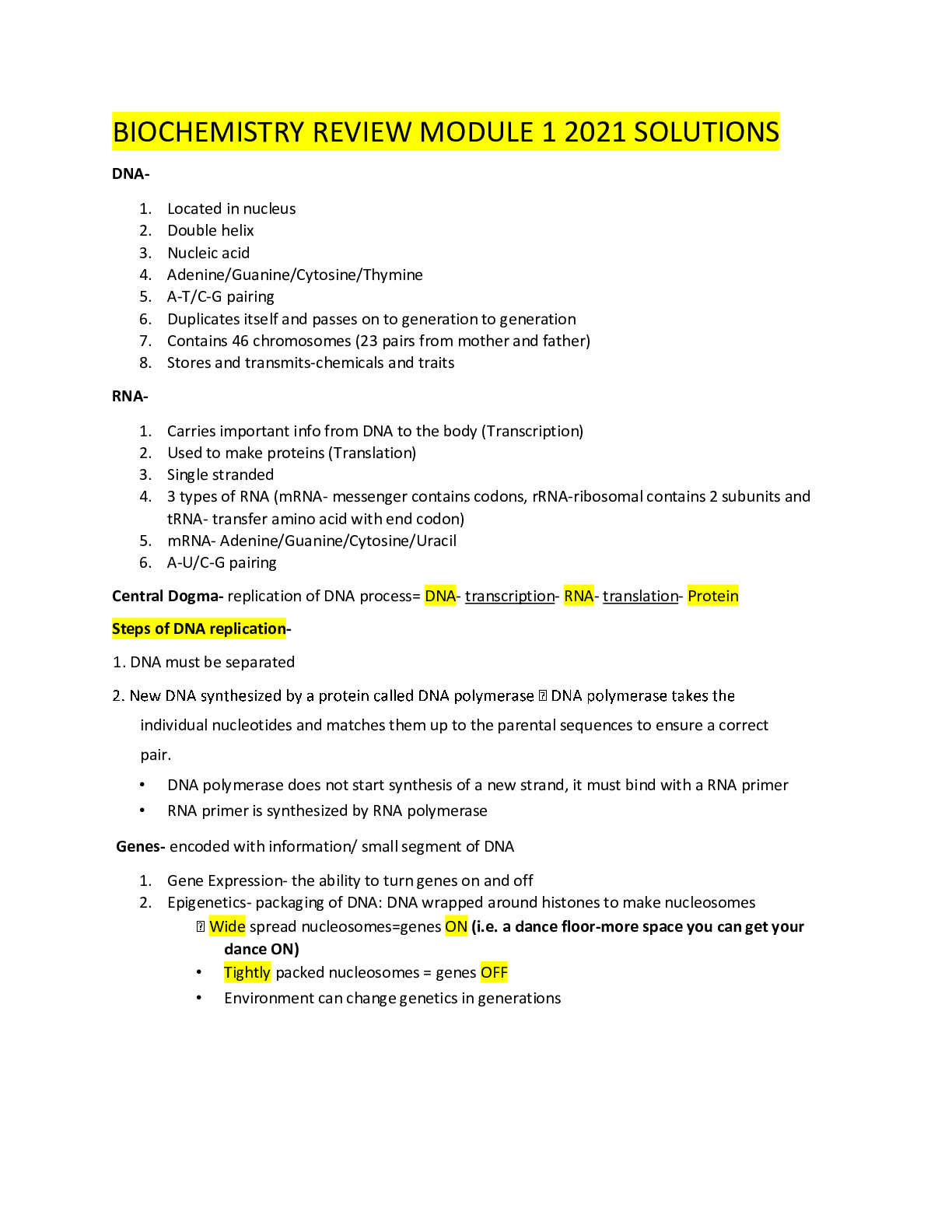
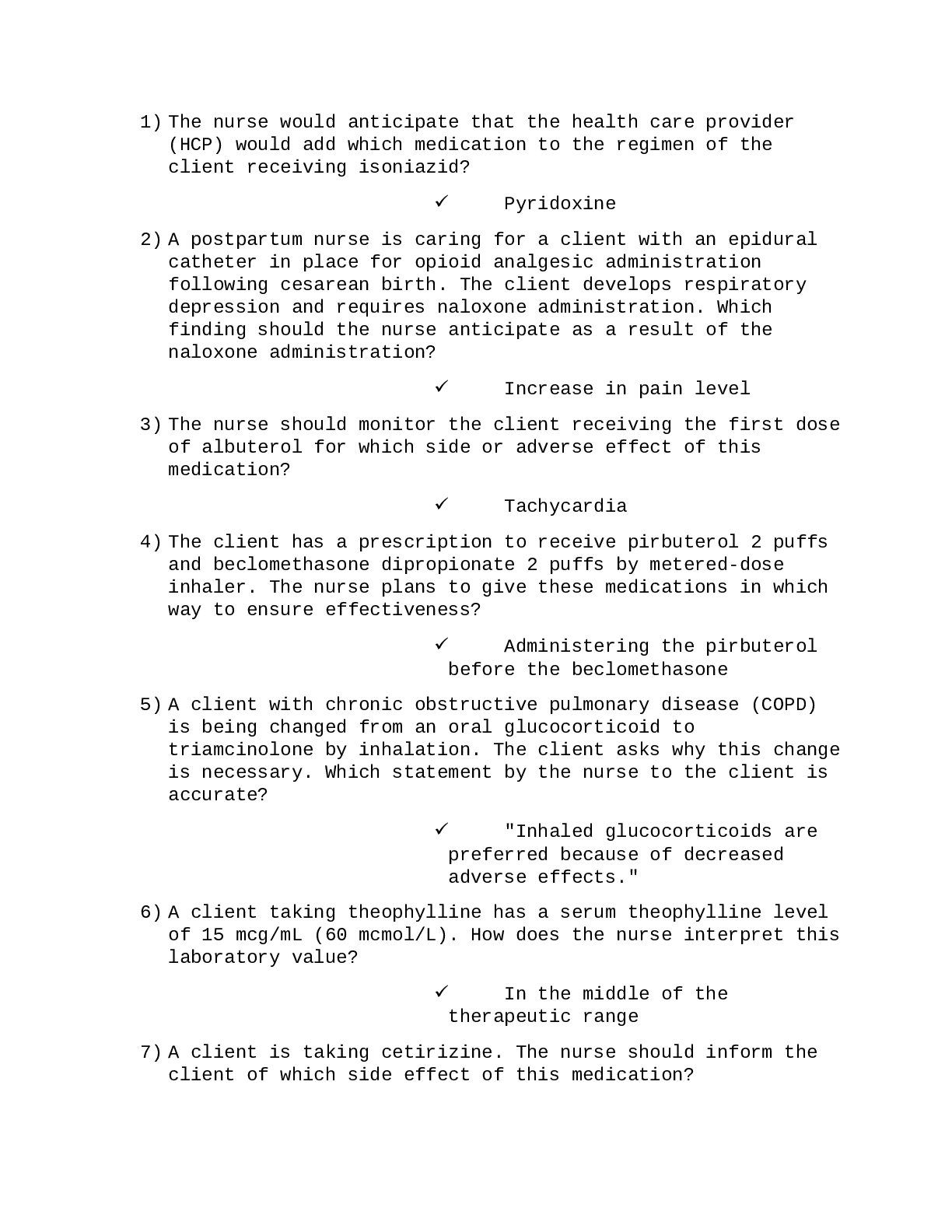
NSG110 AMERICANS RATE NURSES HIGHEST ON HONESTY, ETHICAL STANDARDS.png)







.png)
